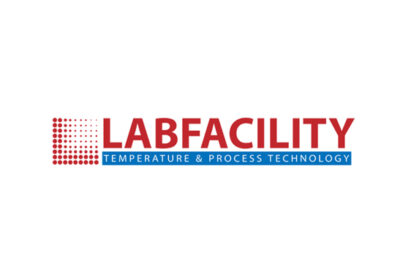Low cost protection for machinery
Friction torque limiters are simple mechanical devices that can prevent damage to machinery from accidental overloads. One particular feature is their very wide range. Taking as an example the range offered by ComInTec, a specialist in this area, torques range from 1 to 23000Nm and shaft sizes from 4 to 140mm. The level of torque is proportional to the force applied by the springs, and hence the compression applied by the adjuster nut. When the set torque is exceeded, the platewheel or gear slips between two friction rings. The driving torque is maintained, albeit with a small reduction, but the output side can stop rotating if, for example, the machine is jammed.
In a stall state the drive energy passes into the friction surfaces. At low speeds this can be maintained for a considerable time. At higher speeds heating and wear will occur which are undesirable, therefore the drive should be stopped. The slipping torque can be adjusted with the adjuster nut. A key requirement for the use of friction torque limiters is that they should be kept free of oil and grease which cause a dramatic drop in slipping torque.
Selection based on torque
The starting point for product selection is the required drive torque. The torque limiter should be selected to slip at a higher torque in order to avoid repeated nuisance tripping, and also to cover short term peak torques from starting and short-term loads. Defining the slipping torque is often an area of uncertainty. However the torque limiter is of course adjustable using the adjuster nut. Furthermore they can be fitted with different spring sets that give different torque ranges. With a maximum torque of 450Nm, ComInTec offer a 90mm diameter torque limiter with four different spring sets and ratings of 13-105, 74-140, 90-280 and 185-450Nm. Where there is doubt on the torque setting required, the recommendation is to choose one of the middle ranges. Then if the selection proves over or under-sized, it is possible to easily move the torque range up or down.
Mounting at low speeds
Application of friction torque limiters is best done at lower speeds, for example the output of a gearbox. This means that prolonged slipping is possible without significant wear. However in some machines it is not practical to limit on the output shaft. This may be due to physical constraints, or sometimes the associated high level of torque makes low speed mounting uneconomic. Maximum speeds for friction torque limiters are actually high. For example at
4-pole motor speed torques can be up to 8000Nm. As powers at higher speeds rise, the potential problem of overheating occurs unless the drive is promptly turned off after an overload. Speed sensing is recommended or there are alternative mechanical variants that allow overloads to be detected by proximity switch.
Friction torque limiters work equally well for both directions of torque transmission, meaning that the input and output can be reversed. Often they will be used for an offset right-angle drive with a chainwheel. However other sprockets, gears and pulleys can also be fitted. Where an in-line connection is required, the torque limiter should be combined with a flexible coupling.
Friction torque limiters offer simplicity and economy. There are many options and full documentation and advice is available for the ComInTec range through Techdrives.






Leave a Reply